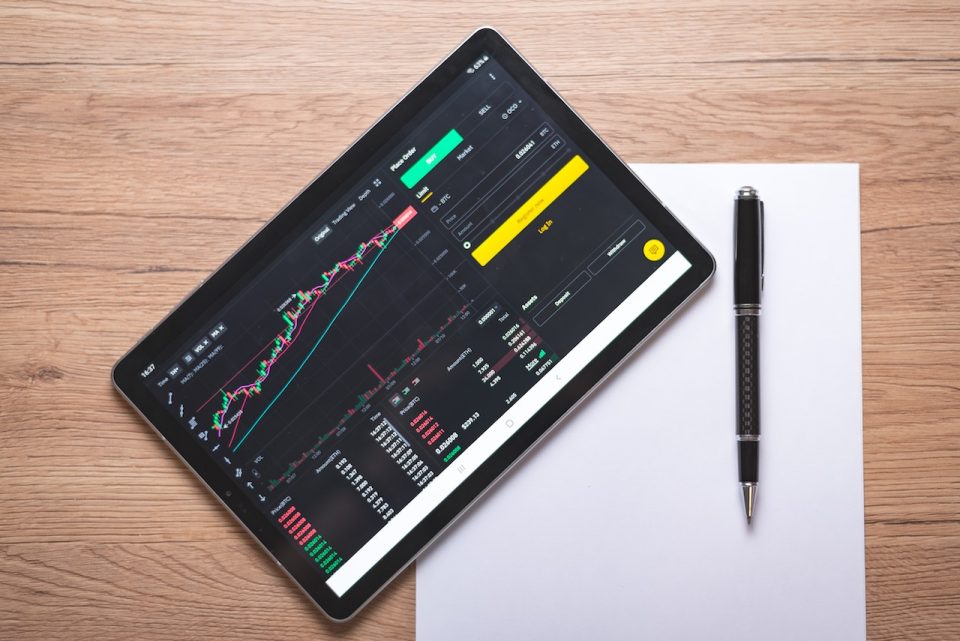The stock market witnessed a persistent downturn in September as the S&P 500 index retracted by 1.5%, the Dow Jones Industrial Average plummeted nearly 400 points, marking a 1.2% decline, and the Nasdaq Composite, dominated by tech stocks, saw a 1.6% dip. This abrupt shift ended the promising winning streak that the three major stock indicators had commenced the week with, setting them on a course for a less-than-favorable month.
This decline coincided with indications from the Federal Reserve suggesting a reluctance to implement interest rate cuts in the immediate future. Neel Kashkari, a key figure in the Fed’s policy-making, pointed to the unexpectedly robust performance of the US economy, indicating that the central bank may lean towards raising rates and maintaining them at elevated levels to curb inflation. This sentiment echoed recent statements made by other officials. Such a trajectory has fueled speculation that interest rates could remain at elevated levels for an extended period, potentially leading to a new 10-month pinnacle for the 10-year Treasury yield.
Adding to the prevailing pessimism, Moody’s issued a cautionary note, warning that a potential government shutdown could inflict damage on the US credit rating. This concern compounds with a lack of consumer confidence and a notable surge in US home prices, which reached an all-time high in July.
Market sentiments were further weighed down by Jamie Dimon, CEO of JPMorgan, who sounded a cautionary note. Dimon asserted that markets might not be adequately prepared for a worst-case scenario wherein the Fed enacts a staggering 7% rate hike amid stagflation.
Investors now look to the week ahead with a glimmer of hope, pinning their expectations on key events. Thursday promises a crucial reading on second-quarter US GDP, followed by a fresh evaluation of PCE inflation, the Federal Reserve’s preferred metric, slated for Friday. These pivotal announcements have the potential to move the needle in the stock market, offering insights into the nation’s economic stability.
In summary, the S&P 500 fell 1.5%, the Dow Jones dropped almost 400 points (1.2% decline), and the tech-heavy Nasdaq Composite dipped 1.6%. The stock market’s September downturn persists amidst a Federal Reserve stance that leans away from immediate interest rate cuts. Additionally, the looming threat of a government shutdown casts a shadow on credit ratings nationwide. As the week unfolds, investors remain cautiously optimistic, anticipating potential relief in the face of the current market conditions.
Source: Yahoo Finance

